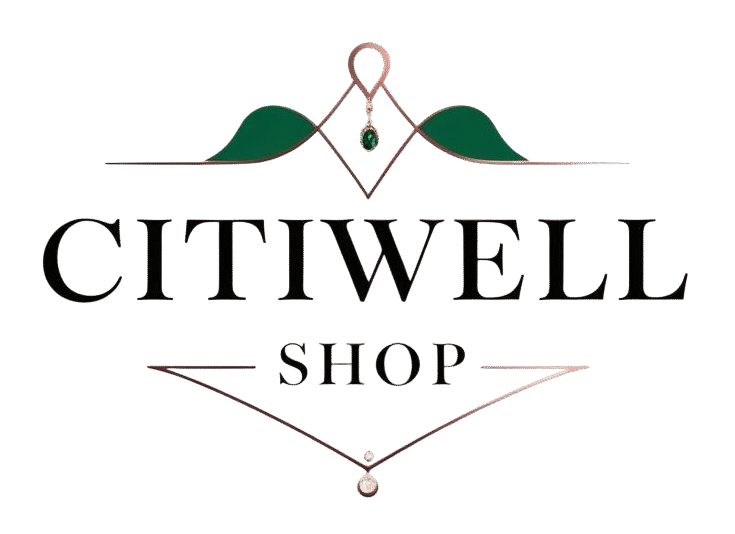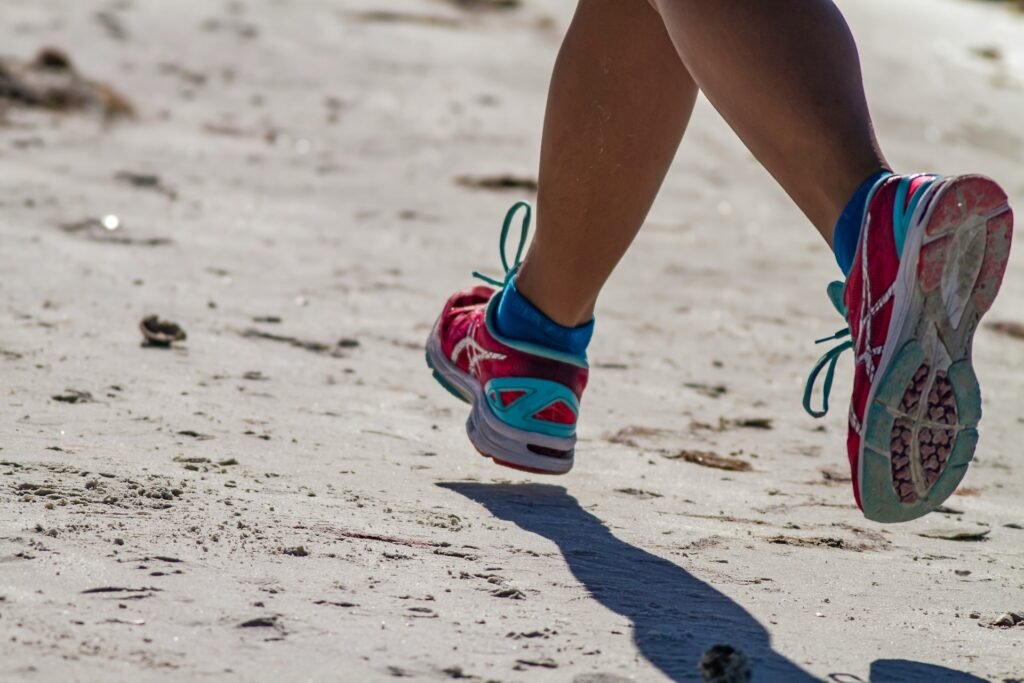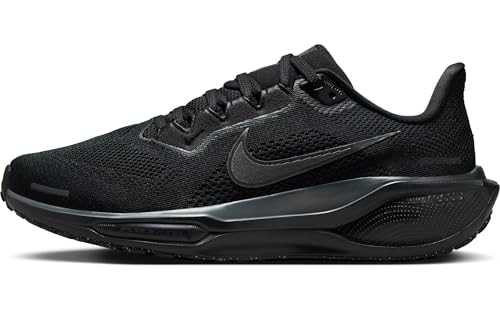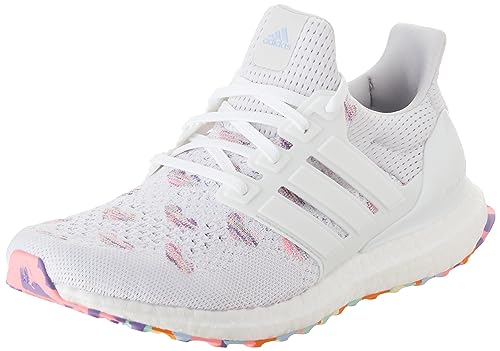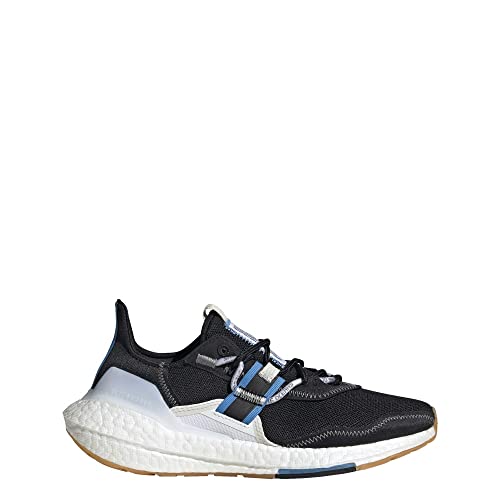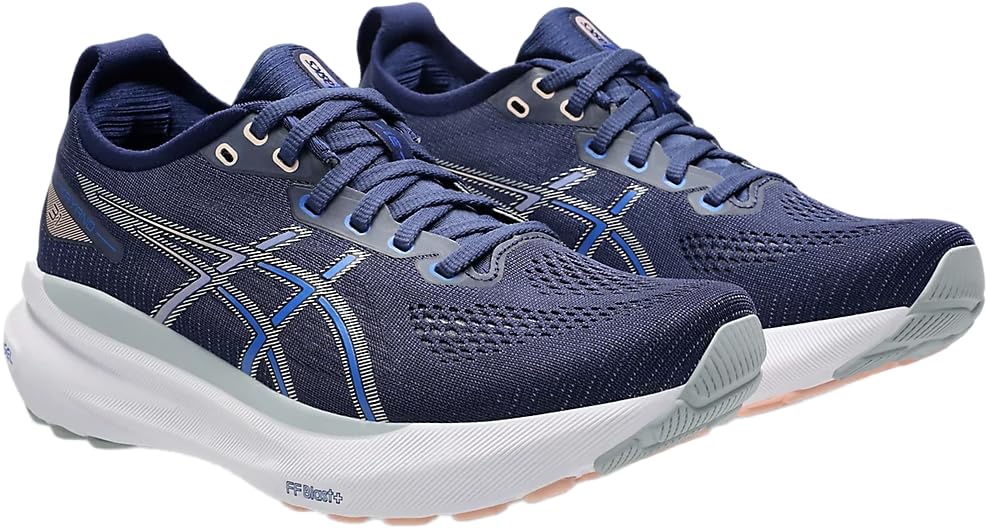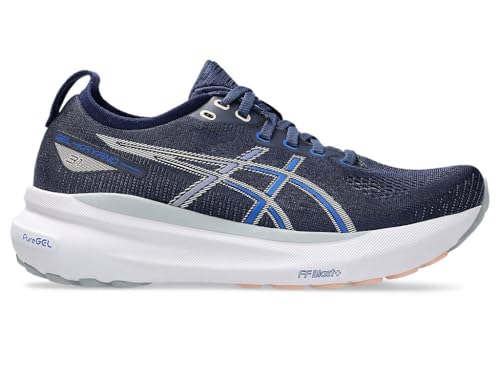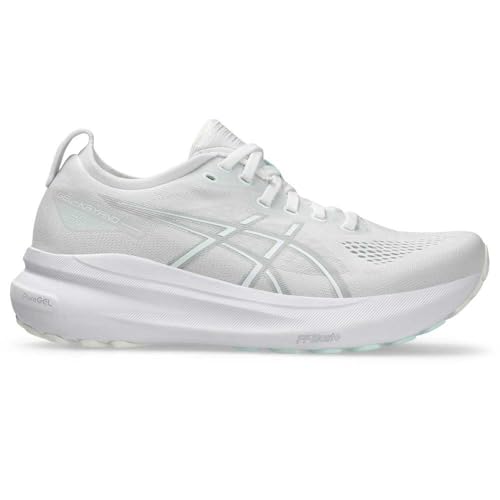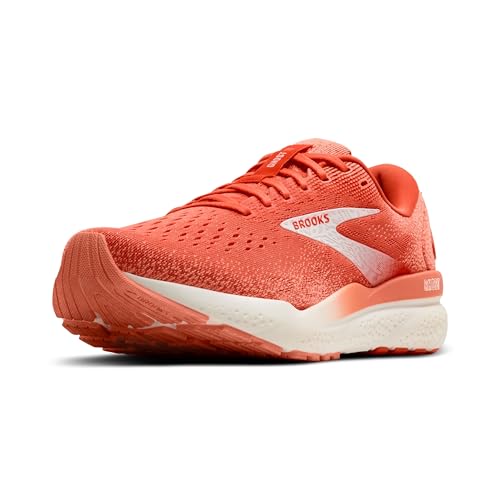This post may contain affiliate links which means we may receive a commission at no cost to you, if you make a purchase through a link. Please see our full disclosure for further information.
A good pair of running shoes protects your feet, boosts comfort, and even improves your performance. But with so many options, choosing the right one can feel overwhelming. Pick the Right Running Shoes simplifies this process—from figuring out your foot type to choosing top brands that deliver quality. Whether you’re a beginner or a seasoned runner, this guide helps you find shoes that fit your needs.
How to Pick the Right Running Shoes
Follow these steps to narrow down your choices—they’re the core of Pick the Right Running Shoes.
1. First, Know Your Foot Type
Your foot shape determines the support you need:
- Neutral arches: Your foot lands evenly. Look for “neutral” shoes with balanced cushioning.
- High arches: Your foot doesn’t absorb shock well. Choose shoes with extra cushioning to soften impacts.
- Flat feet (low arches): Your foot rolls inward too much. Opt for “stability” or “motion control” shoes to correct this.
You can check your arch at home: Wet your foot, step on a dry surface, and see the footprint. A full footprint means flat feet; a narrow middle means high arches.
2. Match Shoes to Your Running Scene
Where you run matters—different shoes suit different surfaces:
- Road running: Pavements need lightweight, cushioned shoes. They’re designed to handle hard surfaces.
- Trail running: Dirt, rocks, or mud call for shoes with rugged soles (for grip) and protective toes.
- Treadmill running: Similar to road shoes, but you can skip extra durability (treadmills are gentler on soles).
Don’t use trail shoes on roads—they’re heavier and will wear out fast.
3. Focus on Key Features
Look for these details to ensure comfort and durability:
- Cushioning: More cushioning for long runs (5+ miles); less for speedwork (shorter, faster runs).
- Fit: Leave a thumb’s width of space between your longest toe and the shoe’s end. Your heel shouldn’t slip when you run.
- Weight: Lightweight shoes (under 8 oz for women, 10 oz for men) work for speed; heavier shoes (10+ oz) offer more support for long distances.
Top Running Shoe Brands
These brands lead the industry in innovation and quality—they’re essential to Pick the Right Running Shoes.
1. Nike
Nike revolutionized running shoes when it launched the first Air-cushioned shoe in 1979. Today, it’s a favorite for runners who love style and performance.
- Key products:
- Nike ZoomX Vaporfly Next% 3: Lightweight, super-cushioned, and designed for marathons. It helps runners shave time off their pace.
- Nike Pegasus 41: A versatile neutral shoe. Great for beginners—balances cushioning and affordability.
Nike shoes often blend tech and trend, making them popular for both running and casual wear.
2. Adidas
Adidas has a long history in running—dating back to 1924. It’s famous for its Boost foam, which delivers soft yet responsive cushioning.
- Key products:
- Adidas Ultraboost Light: Lightweight version of the classic Ultraboost. Perfect for long road runs—boosts energy return with every step.
- Adidas Terrex Two Flow: A trail shoe with a grippy sole. It handles rocks and mud easily, plus it’s breathable.
Adidas focuses on sustainability too—many shoes use recycled materials.
3. Asics
Founded in Japan in 1949, Asics is a go-to for runners who prioritize support and durability. Its name stands for “Anima Sana In Corpore Sano” (a sound mind in a sound body).
- Key products:
- Asics Gel-Nimbus 26: A neutral shoe with Gel cushioning. It’s soft on joints, ideal for long-distance runs.
- Asics Gel-Kayano 31: A stability shoe for flat feet. It controls inward rolling and keeps feet aligned.
Asics shoes are known for their long lifespan—they hold up well even with frequent use.
4. Brooks
Brooks is all about running—no casual shoes here. Founded in 1914, it’s a top choice for serious runners seeking comfort.
- Key products:
- Brooks Ghost 16: A neutral shoe with plush cushioning. It’s versatile—works for daily runs and long distances.
- Brooks Adrenaline GTS 24: A stability shoe with “GuideRails” technology. It stops excess foot movement without feeling stiff.
Brooks shoes fit narrow to wide feet, so they work for most runners.
Final Tips for a Perfect Fit
- Try shoes later in the day: Your feet swell a little by afternoon—this mimics how they’ll feel during a run.
- Wear running socks: Thick, moisture-wicking socks affect fit. Don’t use thin casual socks when trying on shoes.
- Replace shoes regularly: Most running shoes last 300–500 miles. If you feel more soreness or see worn soles, it’s time for a new pair.
Pick the Right Running Shoes isn’t just about brands—it’s about finding shoes that fit your feet and running style. With the right pair, every run will feel easier and more enjoyable.
Uncover further inspiration in our blog.
Running and jogging – health benefits
How Does Running Improve Your Health?
Benefits of running: 12 reasons to start running today

